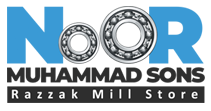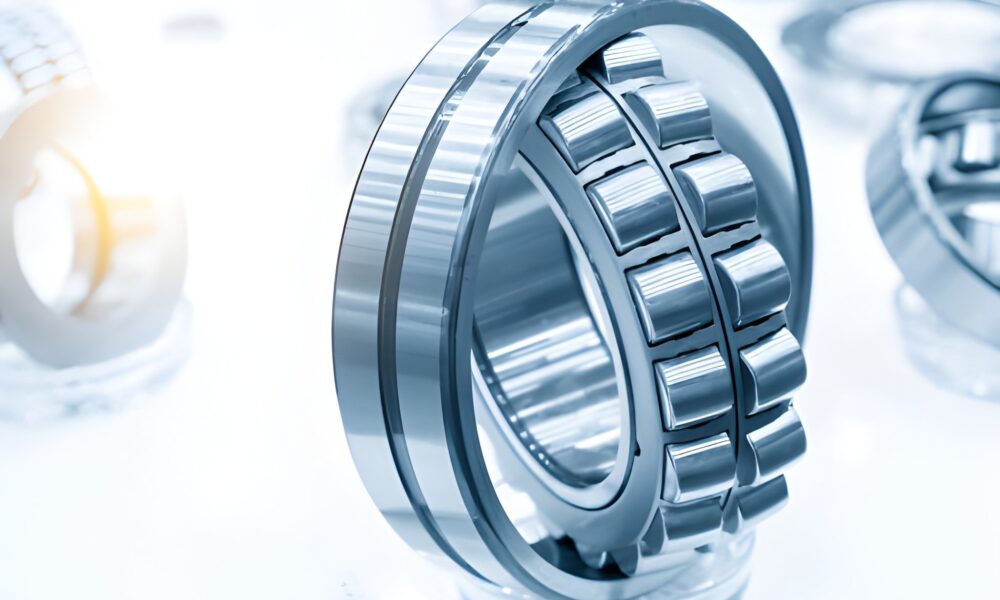When it comes to industrial machinery, one of the most crucial components ensuring smooth and reliable performance is the thrust bearing. Though often overlooked, this small yet powerful element plays a vital role in managing axial loads and maintaining system stability.
What Is the Real Purpose of a Thrust Bearing?
The main purpose of a thrust bearing is to handle axial or “thrust” loads — forces that move parallel to the shaft.
Unlike regular ball bearings that support radial loads, thrust bearings ensure smooth rotation by absorbing these axial forces and preventing damage to the machinery.
These bearings provide stability to rotating parts, minimize friction between moving surfaces, and protect the machine from excessive wear.
Without them, machines operating under axial pressure would experience high stress, leading to frequent breakdowns and expensive repairs.
How Thrust Bearings Work
Thrust bearings consist of rolling elements such as balls or cylindrical rollers placed between two precision-machined rings.
When the shaft experiences an axial load, these rolling elements distribute the force evenly, allowing smooth motion while preventing metal-to-metal contact.
Lubrication plays a crucial role in the efficiency of thrust bearings. Proper lubrication minimizes friction, controls temperature, and extends the bearing’s service life. In high-speed or heavy-duty applications, high-performance lubricants are used to maintain consistent operation.
Common Types of Thrust Bearings
Depending on the application, there are several types of thrust bearings, including:
- Ball Thrust Bearings: Used for light to moderate loads and low-speed applications.
- Roller Thrust Bearings: Designed for heavy axial loads and higher durability.
- Tapered Roller Thrust Bearings: Ideal for both axial and radial loads, ensuring precise alignment.
- Fluid Film Thrust Bearings: Use a thin layer of oil or fluid to reduce friction in high-speed systems.
Applications of Thrust Bearings
Thrust bearings are used across various industries where managing axial loads is essential. Some key examples include:
- Automotive Industry: Used in gearboxes, clutches, and steering mechanisms.
- Marine Equipment: Support propeller shafts and manage underwater torque forces.
- Industrial Machinery: Found in turbines, pumps, and compressors handling heavy loads.
- Energy Sector: Vital in wind turbines and generators for maintaining smooth rotation under stress.
Benefits of Using Thrust Bearings
Choosing the right thrust bearing can significantly improve machine efficiency. Here are some of the key advantages:
- Load Management: Designed to support heavy axial forces without compromising rotation speed.
- Reduced Friction: Smooth operation minimizes wear and tear on the shaft and housing.
- Extended Lifespan: Quality materials and precision engineering ensure longer operational life.
- Energy Efficiency: Lower friction means less energy loss during machine operation.
- Stable Performance: Keeps the machinery balanced even under extreme pressure.
Signs Your Thrust Bearing Needs Replacement
Like all machine components, thrust bearings eventually wear out. Common signs of a failing bearing include unusual vibrations, grinding noises, overheating, or reduced rotational speed. Regular inspection and maintenance help prevent costly downtime and ensure long-lasting performance.
Final Thoughts
The purpose of a thrust bearing goes beyond simply supporting load—it ensures efficiency, reliability, and smooth mechanical motion.
Every industry that relies on rotating equipment benefits from high-quality thrust bearings designed for durability and precision.
For premium-grade bearing solutions and expert support, visit thrust bearing specialists at Noorm Sons — your trusted source for industrial bearing excellence.


